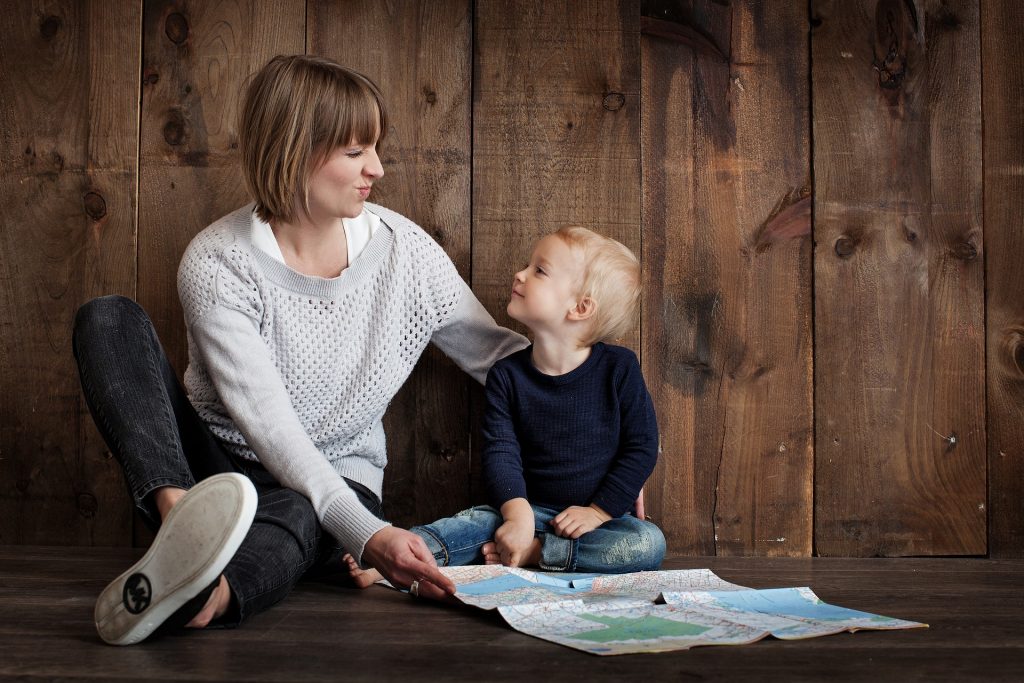The native language is the language of bonding:) Posted by Kasia on Jun 18, 2013 in Uncategorized
When I began the journey of simultaneous bilingualism with my children, I believed my determination that they be bilingual was common among parents in bilingual families.
To my dismay, however, I am finding that globally, parents who pass down their native language to their children are in the minority if the language of the community is different, especially when the majority language is a highly esteemed language such as English. In my mind, this reality is creating an epidemic of language loss, and here are the three primary reasons why I find this is a subtle yet harmful epidemic.
The native language is the language in which parents are able to share their affection, their emotions, their feelings, their opinions.
It’s extremely difficult to deeply share your heart in a language in which you are not dominant or confident. In order to instruct (pouczać), to correct and discipline (skorygować i zdyscyplinować), to instill character (zaszczepić charakter), to praise and encourage (chwalić i zachęcać), to express humor (wyrazić humor), to share sorrows (dzielić smutki), to share victories (dzielić sukcesy), one must be able to dominate the language in which all of these are communicated.
An iBook entitled Mother-Baby Bond: The Biology of Love, by theVisualMD.com, states: “Ultimately, all bonds are built on the cornerstone of communication. The fundamental bond between mother and child is the result of an ongoing conversation conducted on multiple levels, from the physiological to the emotional, cognitive, and social.”
One study by Nancy McElwain and colleagues (C. Booth-LaForce, J. Lansford, X. Wu, and J. Dyer), in the journal of Child Development, shows that “children who were securely attached to Mom at age three showed more open emotional communication with mothers and better language ability at age four and a half.”
Dr. Deepak Chopra, renown physician and author, states: “When a mother is bonding with her baby, all of the elements of mother-infant bond are mediated through biology: the smell, the skin-to-skin contact, the facial expressions, eye movements, body language, the kissing, the cooing, the cuddling, the tone of the mother’s voice, the baby talk. This is all part of the orchestration of bonding between the mother and the baby.”
The take-home point here is, effective and bond-forming communication must occur in the language in which the parent is most comfortable, dominant, and confident.
Do następnego razu… (Till next time…)

Build vocabulary, practice pronunciation, and more with Transparent Language Online. Available anytime, anywhere, on any device.
About the Author: Kasia
My name is Kasia Scontsas. I grew near Lublin, Poland and moved to Warsaw to study International Business. I have passion for languages: any languages! Currently I live in New Hampshire. I enjoy skiing, kayaking, biking and paddle boarding. My husband speaks a little Polish, but our daughters are fluent in it! I wanted to make sure that they can communicate with their Polish relatives in our native language. Teaching them Polish since they were born was the best thing I could have given them! I have been writing about learning Polish language and culture for Transparent Language’s Polish Blog since 2010.




